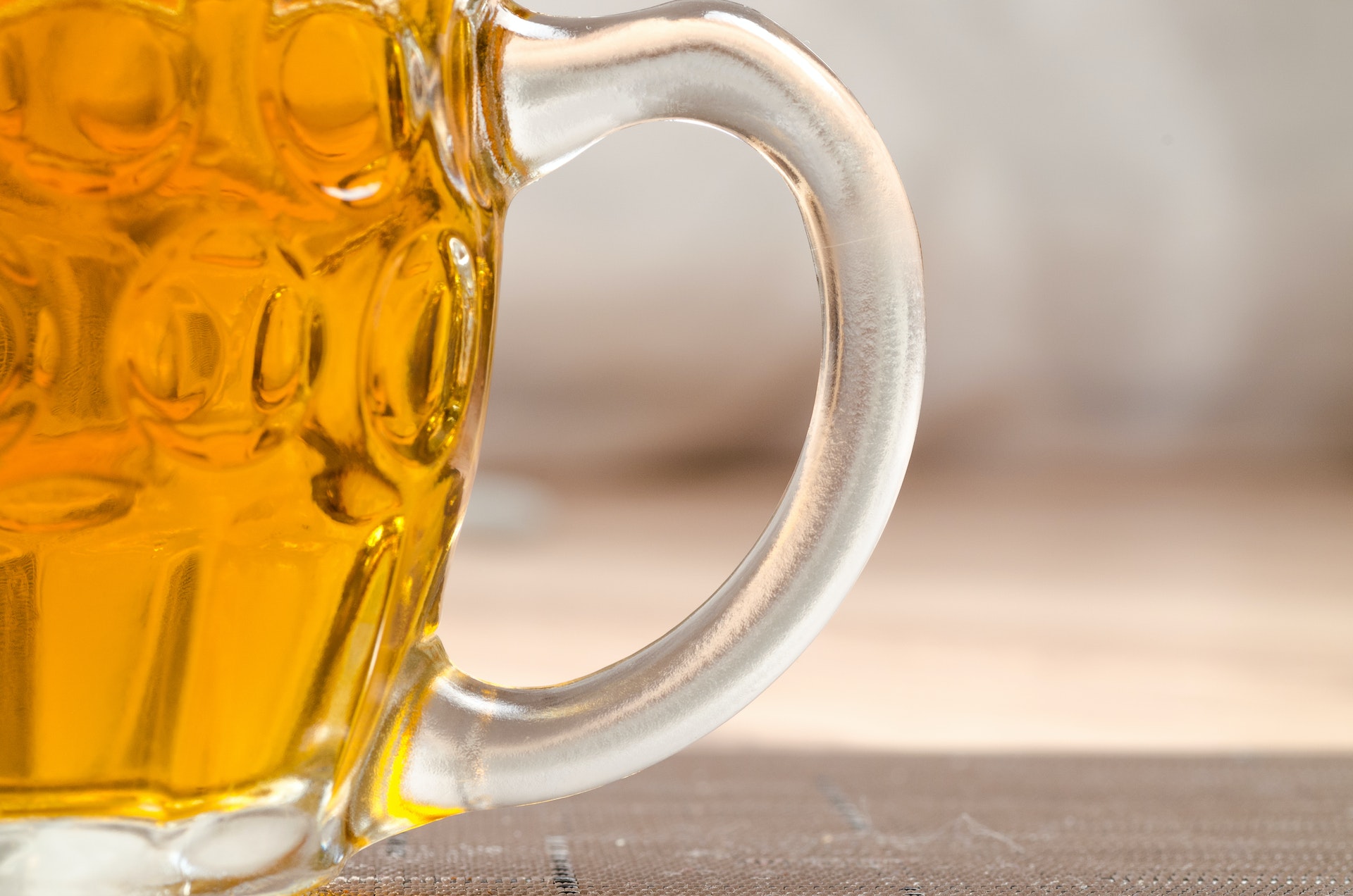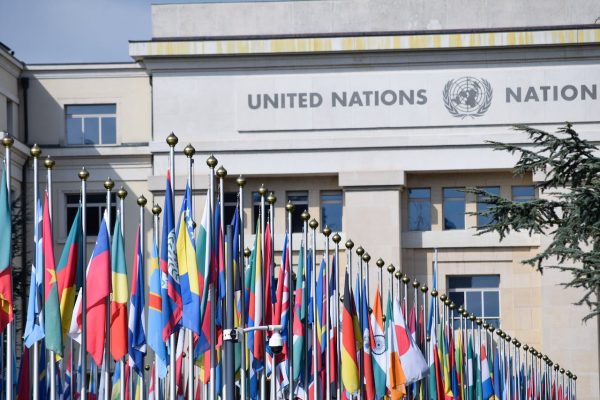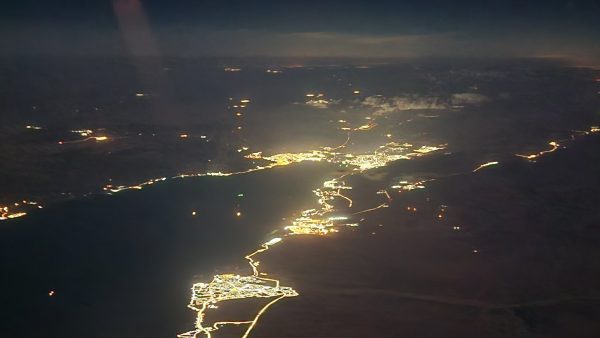The Nošovice-based Radegast brewery, situated in the Frýdek-Místek region, has achieved a significant brewing milestone by crafting beer for the first time utilizing water extracted from atmospheric humidity. Through a limited batch known as Radegast Futur, the brewery aims to raise awareness about the scarcity of water in the Czech landscape. This groundbreaking endeavor was shared by Ivan Tučník, Sustainability Manager of the Plzeňský Prazdroj group, which encompasses Radegast.
The innovative technology for harvesting water from the air was conceived in collaboration with ČVUT and Karbox. Nicola Pokorný, a member of the research team involved in its development, highlighted that the EWA device is based on the same principles as the Solar Air Water Earth Resource (S.A.W.E.R.) system created by ČVUT. This system formed the nucleus of the national exposition at the Expo in the United Arab Emirates in 2021.
The impetus for creating a more compact version of the technology arose during the Dubai exposition. A demand emerged for a device similar to S.A.W.E.R. but with the capacity to fit within a car’s confines. Thus, the initiative to engineer a more portable device was ignited, and progress has already been made toward its market introduction.
Designed primarily for the hottest and driest regions globally, the EWA device can generate approximately 30 liters of potable water per day. Its intended utility lies as an emergency source of drinking water during times of natural disasters or armed conflicts, where water becomes invaluable.
Most water-from-air systems available in the market operate by cooling the air, causing condensation on the cooler’s surface. However, this method would prove inefficient in arid locales like the Sahara. The ČVUT team devised a novel approach using a specific sorption material within their equipment. This material can accumulate airborne moisture, subsequently expelling it through heating to create highly humid air. This humidity facilitates the condensation of water, even in challenging environments.
Tučník emphasized that the Silesian brewery has been deeply invested in water conservation efforts. The motivation to create Radegast Futur stems from their endeavor to bring attention to this imperative issue. Beyond mere conservation, the brewery is dedicated to preserving water within the landscape, recognizing that water scarcity is a collective societal concern.
Radegast boasts one of the lowest water consumption rates per hectoliter of beer produced globally. While the worldwide average hovers around 4.5 liters of water per liter of beer, Czech breweries generally maintain around 3.5 liters. Radegast has impressively reduced this to a remarkable 2.29 liters for each liter of beer produced. This represents a decrease of over 10 percent compared to figures from 2010. Tučník illustrated this accomplishment by stating that, were they to brew beer today using the 2010 water consumption rates, they would require an additional 300 million liters of water annually.
Radegast Futur, a lager characterized by its heightened bitterness, has 60 IBUs, 12.5 proof, and an alcohol content of 5.3 percent. While brewed with unconventional water sources, the brewing process remained consistent with other beers, differing only in the incorporation of more bittering hops to elevate its IBU rating. The brewery successfully produced 200 liters of Radegast Futur, rendering it exclusive to events like the Radegast Day festival and select social media contests.
Source:


















